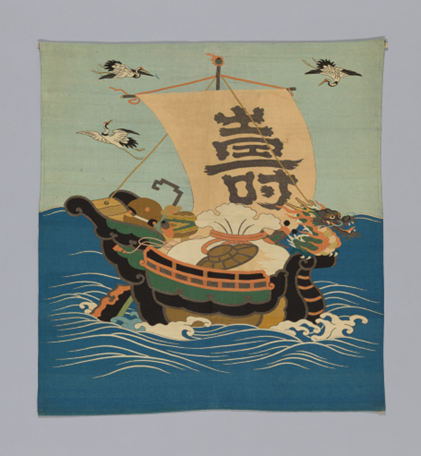Industry News
U.S.–Japan Trade Deal Clarified to 15% Inclusive, Retroactive Tariff
TweetSep. 5, 2025
By:
Austin J. Eighan
On September 4, 2025, President Trump issued an Executive Order (EO) implementing the U.S.–Japan Trade Framework Agreement (read more here). Under the EO, the U.S. will apply flat 15% tariff on most Japanese imports with a current Most Favored Nation (MFN) duty rate less than 15%. The 15% cap combines the MFN duty with the “reciprocal” tariffs imposed under the International Emergency Economic Powers Act (read more here). Goods with MFN rates higher than 15% will not be subject to additional reciprocal tariffs. If goods are subject to specific or compound duty rates, the EO instructs importers to follow the methodology used for E.U.-origin goods by dividing the amount of duty payable under the MFN (i.e., “Column 1”) rate by the good’s value.

The EO includes several sector-specific carveouts:
- Automobiles and Automobile Parts:
- The EO applies the same 15% threshold to Japanese automobiles and automobile parts subject to Section 232 duties imposed under Proclamation 10908.
- Aerospace Products:
- The EO removes certain tariffs on Japanese civil aircraft products covered by the WTO Agreement on Trade in Civil Aircraft, excluding unmanned aircraft.
- Natural Resources and Generic Pharmaceuticals, Pharmaceutical Ingredients, and Pharmaceutical Chemical Precursors:
- The EO authorizes the Secretary of Commerce to reduce reciprocal tariffs to zero, as needed, to protect the supply of natural resources unavailable (or unavailable at sufficient scale to satisfy domestic demand) in the U.S., as well as generic pharmaceuticals, pharmaceutical ingredients, and pharmaceutical chemical precursors.
In return, the White House has indicated that Japan committed to major U.S. investments, expanded market access, and large-scale purchases of American goods.
- Investments:
o Japan will provide President Trump $550 billion to invest towards critical U.S. industries. The White House stated that the investment funds will support projects selected by President Trump advancing “U.S. national and economic security, including semiconductors, pharmaceuticals, metals, critical minerals, shipbuilding, energy (including pipelines) and artificial intelligence/quantum computing.”
- Market Access:
- Japan will begin accepting U.S.-manufactured, U.S.-safety-certified passenger vehicles without imposing additional testing requirements.
- Procurement:
- Japan will increase procurements of U.S. rice by 75%, as well as purchases of U.S. agricultural goods such as corn, soybeans, fertilizer, and bioethanol. Japan will also purchase U.S. commercial aircraft and defense equipment.
The EO’s tariff adjustments apply retroactively to Japanese goods entered on or after August 7, 2025. As a result, the EO calls for U.S. Customs and Border Protection to process duty refunds “according to the agency’s standard procedures,” presumably through post-summary corrections or similar vehicles.
Contact any attorney at Barnes, Richardson & Colburn, LLP for assistance understanding (or keeping track of) the various tariffs and trade deals that impact your business.
